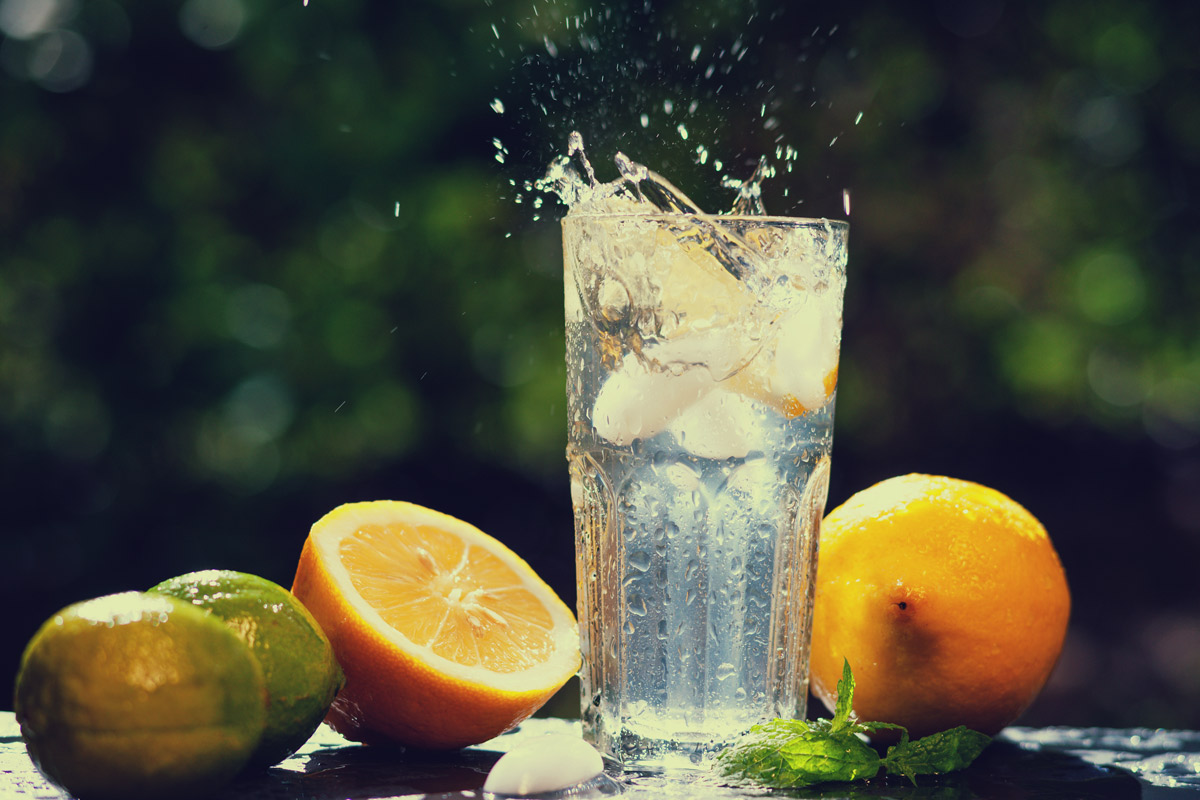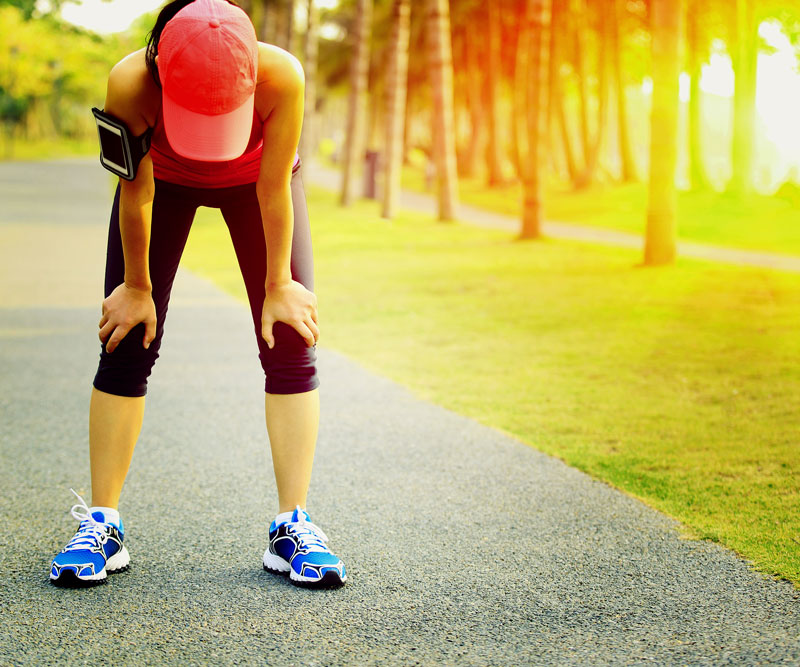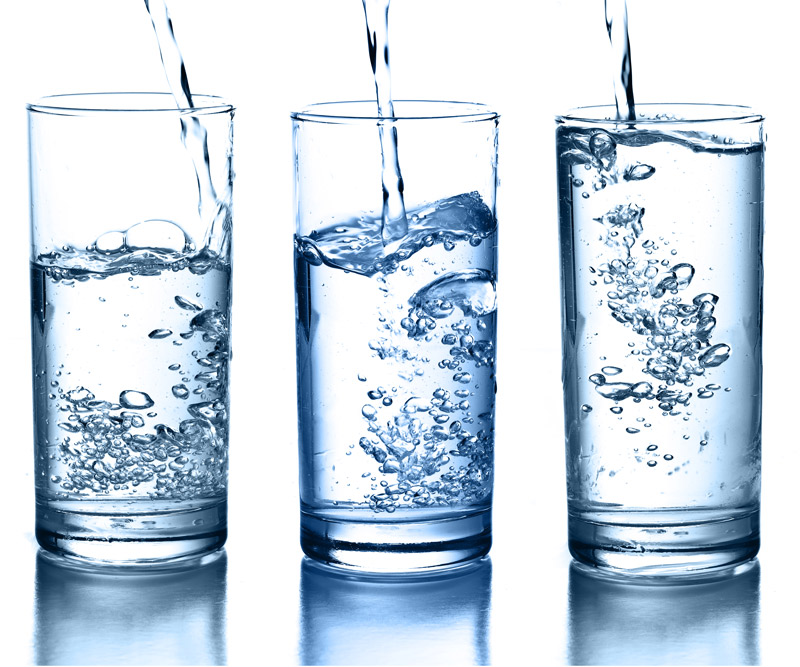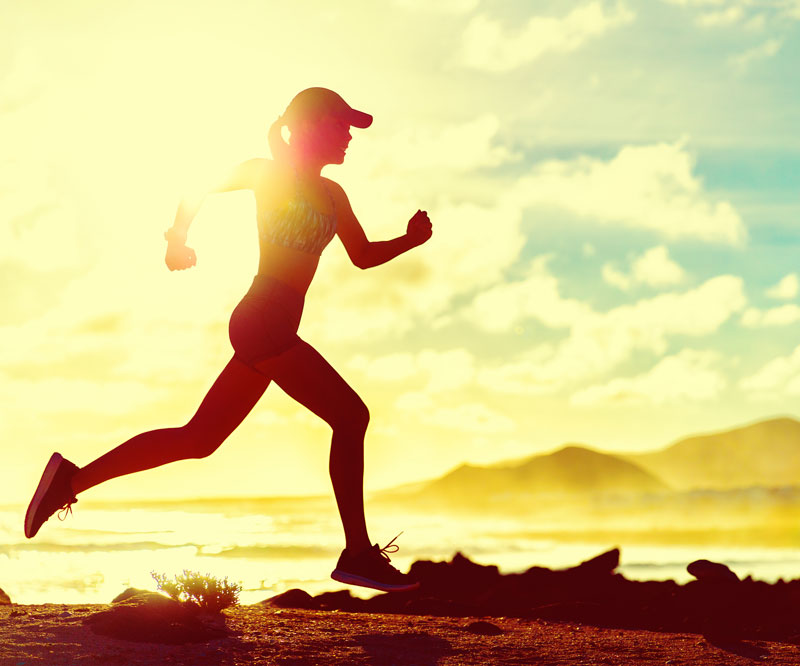
Heat Safety Awareness: Stay Cool with These Tips
Living on an island has its perks – tropical weather year-round is just one of the many reasons we’re lucky to live in Hawaii. For everyone from weekend warriors to full-time athletes, Hawaii’s steady climate provides a near-perfect backdrop for training and exercise.
But is it possible to have too much of a good thing?
When the mercury on the thermometer goes up, up, up, so does your internal temperature.
Add to that high humidity, and sweat will not evaporate from your skin as quickly, preventing your body from releasing heat.
If you can’t cool down fast enough, heat stress sets in.
Heatstroke is the most serious heat-related disorder. It occurs when body temperature rises to 106 degrees or higher within 10-15 minutes.
Symptoms of heatstroke include:
- Hot, dry skin or profuse sweating.
- Raised body temperature.
- Chills.
- Throbbing headache.
- Confusion or dizziness.
- Hallucinations.
- Slurred speech.
In serious cases, heatstroke can cause death or permanent disability if emergency treatment is not given immediately.
Another type of heat stress is heat exhaustion, which occurs when the body loses a large amount of water and salt, usually due to excessive sweating from outdoor activities.
Symptoms of heat exhaustion include:
- Clammy skin.
- Profuse sweating.
- Slightly raised body temperature.
- Pale or flushed complexion.
- Extreme weakness or fatigue.
- Muscle cramps.
- Fast, shallow breathing.
- Confusion or dizziness.
- Nausea.
Those most at risk for heat stress include the elderly (ages 65 and older), infants and children, and people with chronic medical conditions.
Other conditions that up your risk factor include:
- Obesity.
- Fever.
- Dehydration.
- Heart disease.
- Mental illness.
- Poor circulation.
- Sunburn.
- Prescription drug and alcohol use.
There are four easy tips you can take to prevent heat stress. Read the tips below, or watch the video to hear from Hawaii volleyball player Max Rosenfeld on ways he stays cool and ready to perform.
- Drink plenty of water throughout the day. Don’t wait until you’re thirsty! Thirst is the first sign of mild dehydration. If temperatures are especially high, increase your fluid intake, regardless of activity level. Experts recommend drinking two to four glasses (16-32 ounces) of cool fluids every hour.
- Wear appropriate clothing. Choose lightweight, light-colored clothing that has room to breathe. Put on a wide-brimmed hat and sunglasses whenever you’re outdoors to protect yourself even more.
- Slather on the sunscreen. As if you needed another reason to wear sunscreen: Sunburn affects your body’s ability to cool itself and causes a loss of body fluids. Use a broad spectrum sunscreen with the words “UVA/UVB protection” on the label, and reapply according to the package directions.
- Schedule time outside accordingly. Watch the weather forecast for the day, and keep an eye on current temperatures. Limit your time outside to the morning and evenings, and rest in the shade as much as possible so that your body doesn’t have a chance to overheat.
If you believe you are suffering from heat stress, move to a shaded, cool area. Pour water over your head or spray yourself with water. Fan your body to help it cool down further, and slowly sip lots of water or a cool, nonalcoholic beverage.
If it’s heat stroke, call 911, or have someone call for you.
Prevent Heatstroke in Hot Cars
In addition to these tips for yourself, it's important to remember to never leave children in a parked car. Cars are like incubators – all it takes is 10 minutes for interior temperatures to increase by 20 degrees, and it continues to rise with each minute that passes.
Children left unattended in parked cars are at greatest risk for heat stroke and death. Help protect keiki from this preventable tragedy by remembering to ACT:
- A – Avoid heatstroke-related injury and death by never leaving your child alone in a car, not even for a minute. Make sure to keep your car locked when you’re not in it so kids don’t get in on their own.
- C – Create reminders by putting something you need, like your purse, briefcase or cell phone, in the backseat next to your child. This is especially important if you’re not following your normal routine.
- T – Take action. If you see a child alone in a car, call 911. Emergency personnel want you to call; they are trained to respond to these situations. One call could save a life.
Published on: June 14, 2023




